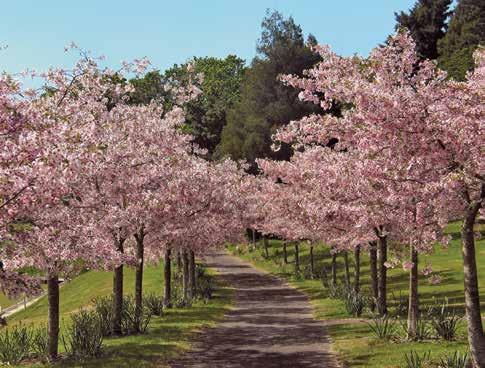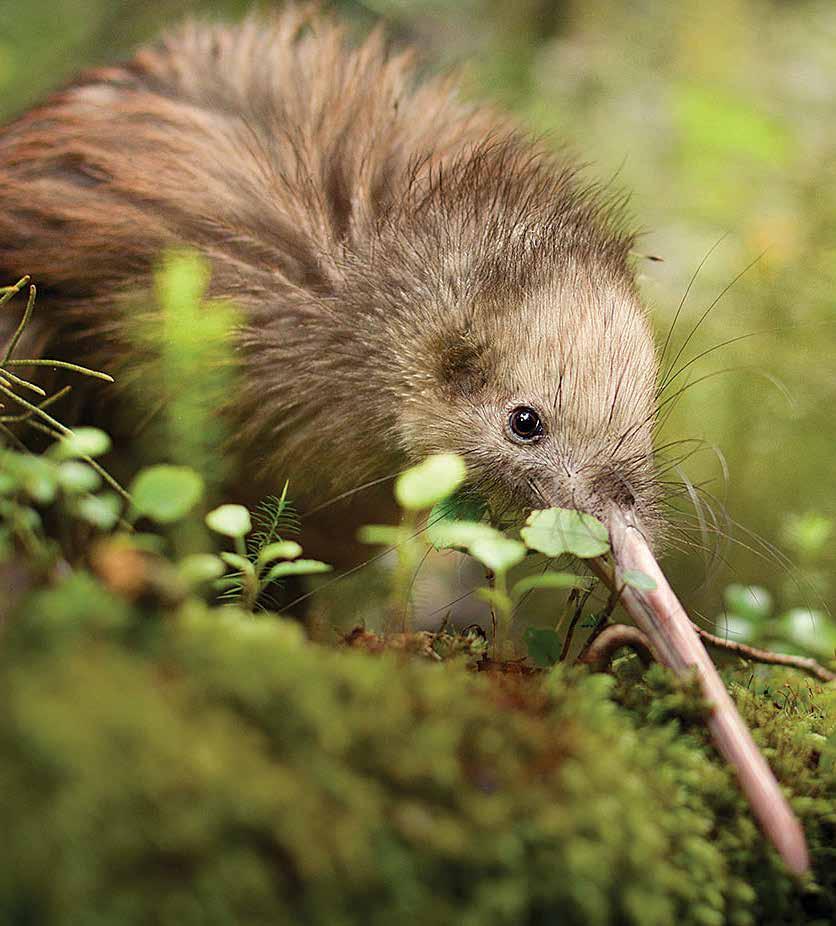
4 minute read
The Yanks are coming!
Looking up at the world in early 1942, New Zealand braced for the worst. Singapore had fallen, Darwin had been bombed, and the threat of attack by Imperial Japan seemed real and imminent. And yet the invasion of the Kāpiti Coast that came in June was a welcome one – and for many Kiwis the friendly force of US marines who came as allies not conquerors would become part of the family.
Images supplied courtesy of Kāpiti US Marines Trust and US Embassy, Wellington. Now, nearly eighty years after the arrival of the Marines, who would go on to see some of the bloodiest battles of the war, the Kapiti U.S. Marines Trust (marinenz.com) is keeping their memory – and the bonds built between them and New Zealand – alive and well. What’s more, they’ve created a great way to relive the past and carry it into the future at the same time.
Advertisement
FOR THE FIRST AMERICAN SERVICEMEN ARRIVING IN PAEKĀKĀRIKI, it must have been hard to believe that the sprawling camps that would be their new homes had only recently been scrub and farmland. With a sense or urgency we can only dream of today, the government of the day had managed to build accommodation and infrastructure for more than 20,000 men in just six weeks. Most of the buildings were fabricated throughout New Zealand and assembled on site by a small army of local contractors and Works Department staff, but even so the installation of the accompanying infrastructure and roading was no mean feat for a country in a building frenzy; the defences of Auckland and Wellington were the main priorities, but somehow three sizeable camps appeared in Kāpiti seemingly overnight.

Setting up camp in Paekākāriki station 1942

Marines marching from Paekākāriki station 1942
The camps were located at Paekākāriki, Camp Russell (now Queen Elizabeth Park), and Camp McKay (now Whareroa Farm) and the forested hills of Kāpiti became training grounds for jungle warfare and its beaches the settings for amphibious landings. Soon the locals were accustomed to the sounds of small arms fire in the sand dunes and American accents on the streets.
That wasn’t all they became accustomed to. As Richard Benge of the Kapiti U.S. Marines Trust says, the influx of thousands of young men had a marked effect on what had been a relatively quiet beachside community. “The local Paekākāriki village was half the size that it is today, so the action in the three camps completely dominated life in the district. Local families were very hospitable and children ran errands for sweets and cakes from the local dairy and loved being close to the excitement of the training in their backyard. The grown ups were also impressed - the dances held in the camps were famous throughout the district – and there was a real sense of a shared mission and that everyone was in this together.”


Memorial Day at US Marines Memorial in Queen Elizabeth Park
Life-long friendships were formed, and in some cases even stronger bonds; nearly 2,000 Kiwi women married US servicemen during the war, some migrating to America, others waiting till the war’s end and welcoming their new husbands to become new New Zealanders.
But in October 1943, the camps fell silent. Just as they had abruptly arrived, the Kāpiti marines departed on a fleet of troopships swiftly and without fanfare, and this time their destination was not so friendly. 3,166 young Americans from the Kāpiti camps would die in taking the island of Tarawa, thousands more would be injured, and many Kiwi families would share in both the pride and grief of their newfound American friends. Richard Benge’s family was one of those, although he wouldn’t know it till much later.
“In a twist of fate, I became involved with helping to preserve the story of the US Marines in New Zealand well before my father, Doug Benge, opened up about the details of his experience serving alongside Marines and Air Force personnel on Guadalcanal. He was in the RNZAF and was very grateful for the American’s food and medical supplies amidst tropical heat and possible enemy attack. He remembered the friendship and protection of the Marines until he died.”
While the Kapiti U.S. Marines Trust works to remember those who were stationed in Kāpiti and commemorate those who gave their lives, it’s not all about nostalgia. There is also a genuine sense of celebration of what was achieved by New Zealand and the US, and it’s a far cry from the usual stuffy museum displays. “In Queen Elizabeth Park and Whareroa Farm the Trust has been working to tell the stories of the US Marines in a more engaging way. So visitors can see images and information signs 3,166 young Americans from the Kāpiti camps would die in taking the island of Tarawa.
on a Memorial, but there are also walking trails and a fully restored Marine’s hut which shows you what life would be like in the camp through a curated display.” The trails can be enjoyed on foot or by bicycle, and some visitors really have come from afar. “We regularly get tourists from overseas,” Richard says, “and we love it when the descendants of ‘our Marines’ come to retrace the experiences of their fathers or grandfathers.”

Memorial Day 2017 outside the newly restored Marines Hut Information boards on the Camp MackayTrail
marinenz.com

Information boards on the Camp MackayTrail
marinenz.com








